Introductions to Visionary & Sacred Art
Welcome to the Era of Visions library. We intend this library to be a useful resource for students, teachers, artists, researchers, authors and people who love visionary and sacred art. On this page are some recommended starting point articles that work well to lead into the various parts of the library.
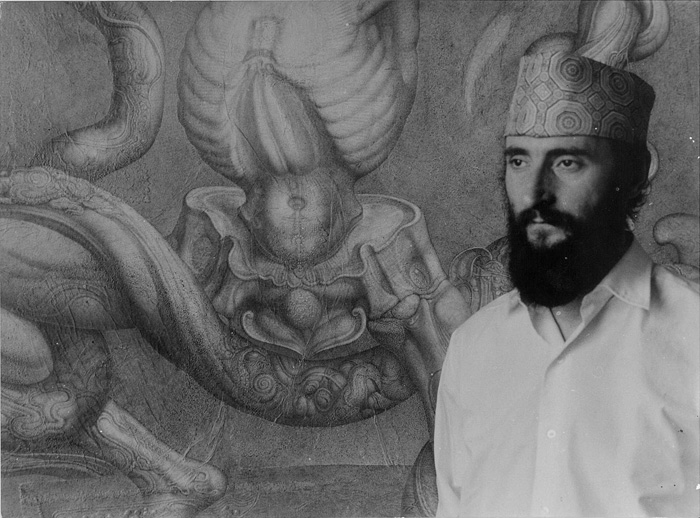
An Introduction to Ernst Fuchs
Daniel Mirante
Ernst Fuchs was an extraordinarily talented and multifaceted Austrian artist born on February 13, 1930. He was a master of several mediums including painting, drawing, printmaking, and sculpture, and he also ventured into architecture, stage designing, poetry, and singing. Fuchs was a pivotal figure in the Vienna School of Fantastic Realism, a movement he co-founded. His legacy places him as one of the pivotal founders of contemporary visionary art and one of the great preservers and reinvigorators of the timeless legacy of sacred art.
Read An Introduction to Ernst Fuchs »Yearning, Sorrow & Desire – The Capriccio of Monsu Desiderio and Descendents
Daniel Mirante
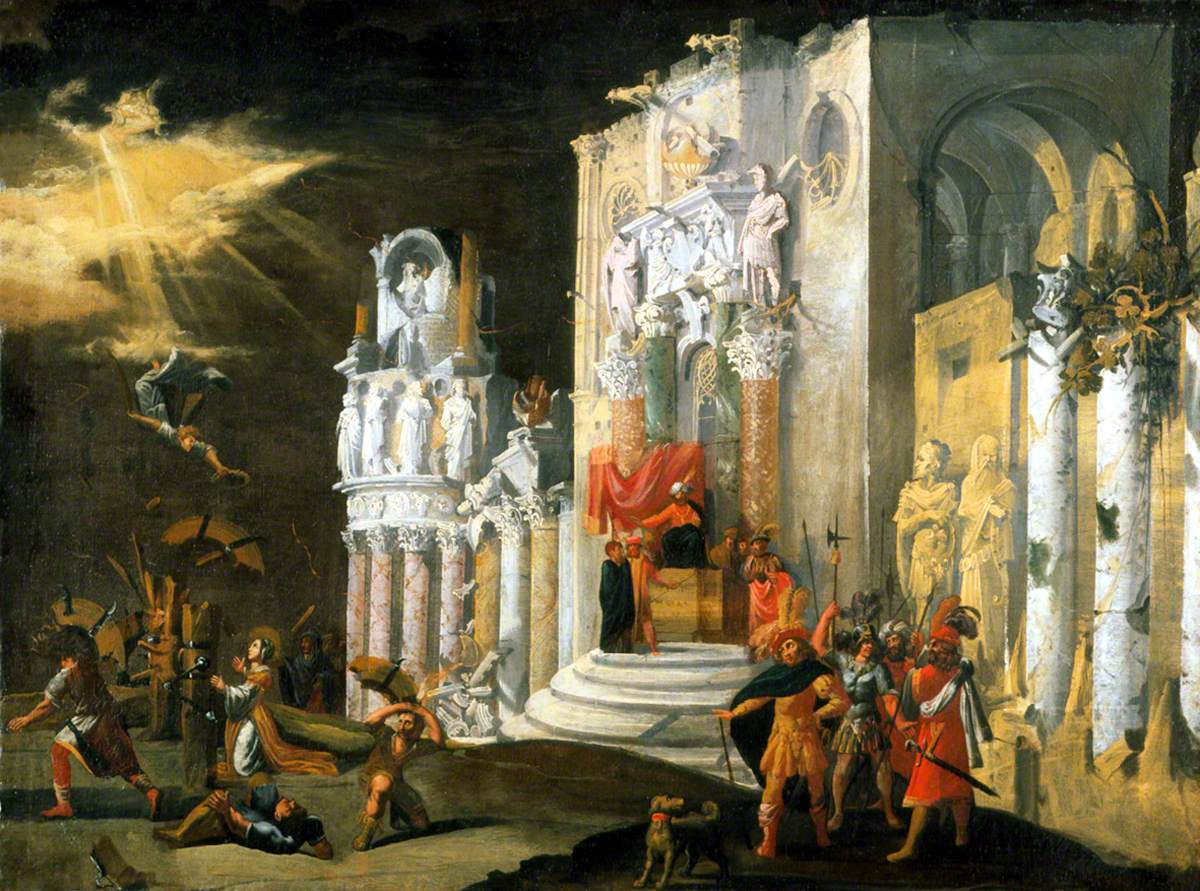
Ruins hold an enigma for artists concerned with the psycho-archeology of culture. Capricci is a yearning for the archaic, it is also a kind of solace for the broken-hearted who feel they are born to times where the ruins are not physical, but symbolic.
Added on July 20, 2021
Remaking Cultural Sense – The Symbolist World of Peladan
Sasha Chaitow
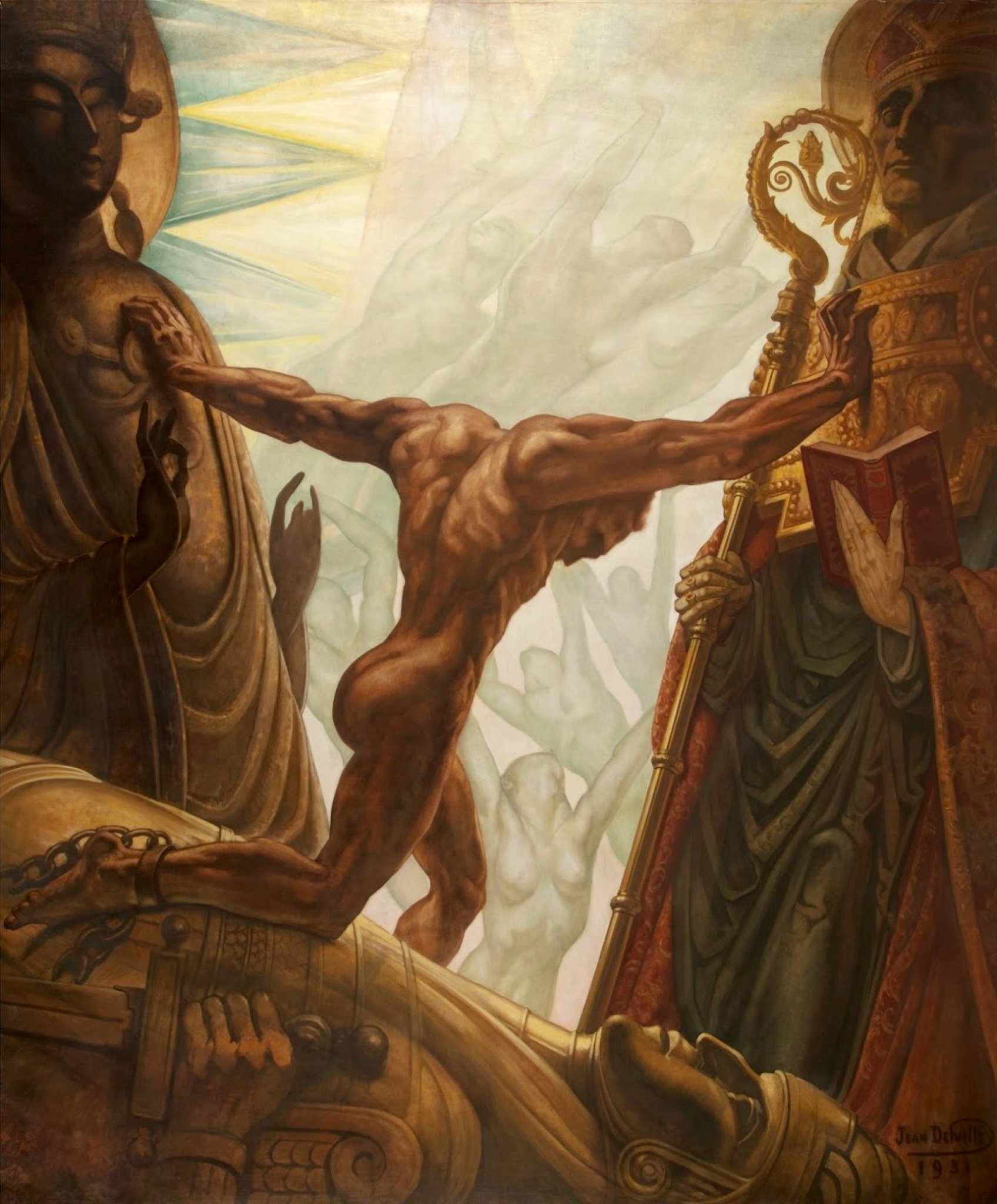
Symbolism is a forerunner of contemporary visionary art. It prefigures the transformation from classical and traditional premodern forms into a more dynamic, idiosyncratic personal vision. It is with great pleasure that Era Of Visions can share this original interview with Sasha Chaitow, who generously shared her expertise. Sasha is a contemporary scholar of the Symbolist Movement, who has focussed her research on the enigmatic, influential figure known as Peladan.
Added on March 13, 2021
Psychegnosis
Daniel Mirante
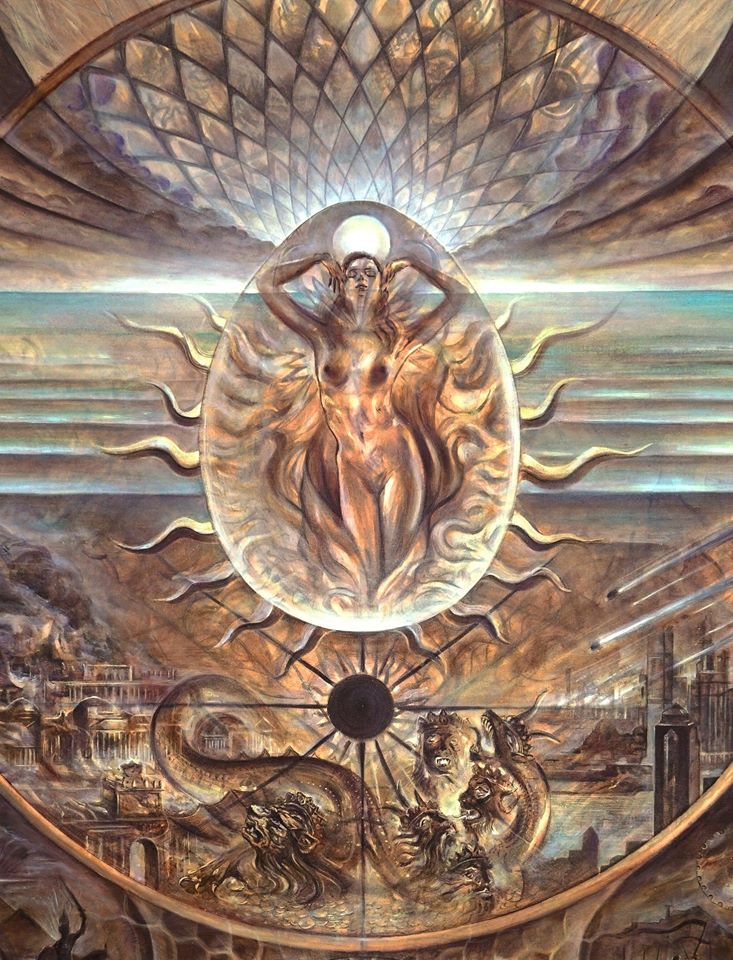
The altruistic and compassionate instinct in humanity seeks for the wellbeing of the entire community if not all sentient beings, and so the reason for application of spiritual effort is not only driven by the individuals longing for Union but also for the spiritual enlightenment of humanity and for the reduction of suffering wherever possible. We can call this collective effort ‘The Great Work’. As its heart or centre is the individual communion with the Divine, which we have described as autopsychegnosia.
Added on January 14, 2021
Tags: consciousness evolution, creativity, gnosis, spiritual development
On Visionary Art
Rob Percival
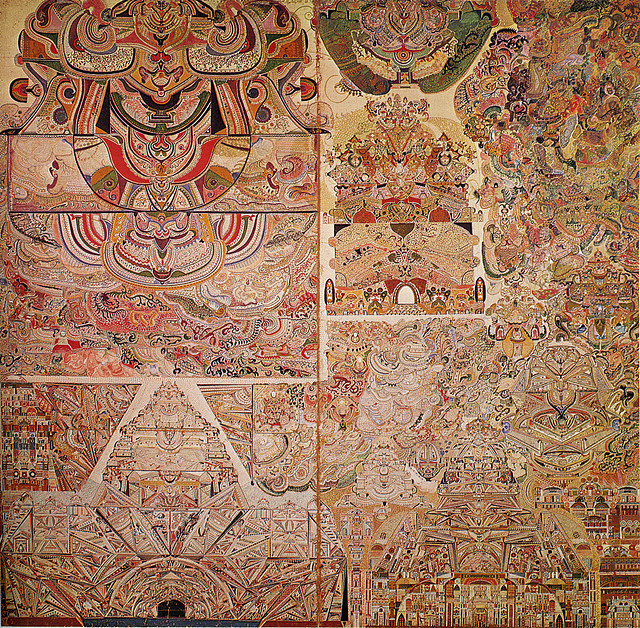
The Visionary lineage predates religion, and has informed sacred art across the millennia. The Visionary artist is the eternal poet – ‘ein verschollener Stil’ is the grammar through which they speak. The lineage from these founding fathers is subtle but true. From the shaman’s etchings, this artistic spirit continues into the carvings of the ancients.
Added on October 19, 2020
Tags: ancient, contemporary, history, lineage, tradition
Introduction to Transpersonal Perinatal Psychology
Daniel Mirante

The symbolism of regression to the womb can be found in shamanism, myths of great heroes, fairy tales, and initiation rites. Recurring patterns of symbolic regression and rebirth appears to be a fundamental way in which pre- and perinatal experience influences postnatal consciousness.
Added on June 20, 2020
Tags: birth, bpm, death-rebirth, perinatal, rebirthing
The Universality of Sacred Art
Titus Burckhardt
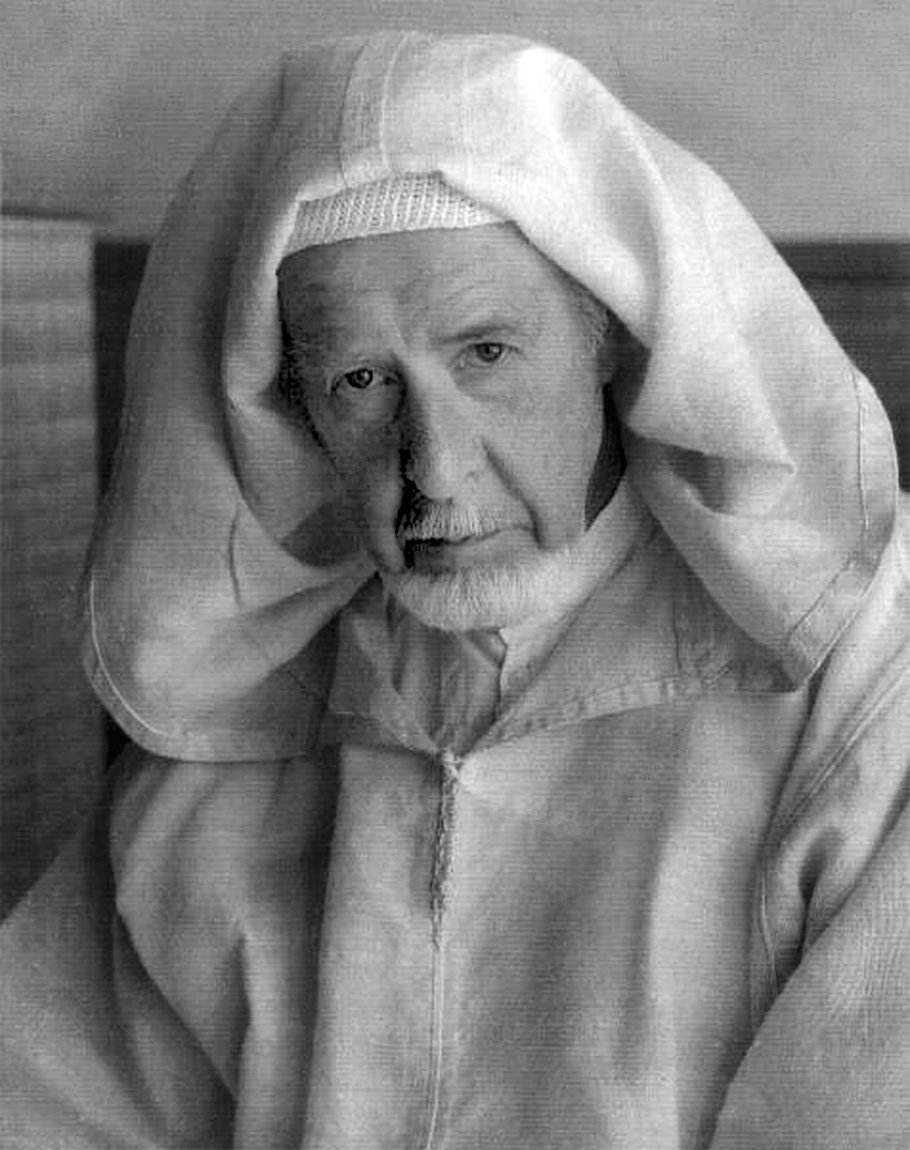
It must be borne in mind that a sacred symbol is not merely a conventional sign; it manifests its archetype by virtue of a certain ontological law. As Ananda Coomaraswamy has observed, a sacred symbol is, in a sense, that which it expresses. For this very reason, traditional symbolism is never devoid of beauty.
Added on May 17, 2020
Tags: sacred, traditionalism